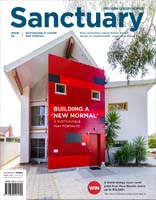A knotty issue: Responsibly sourced timber
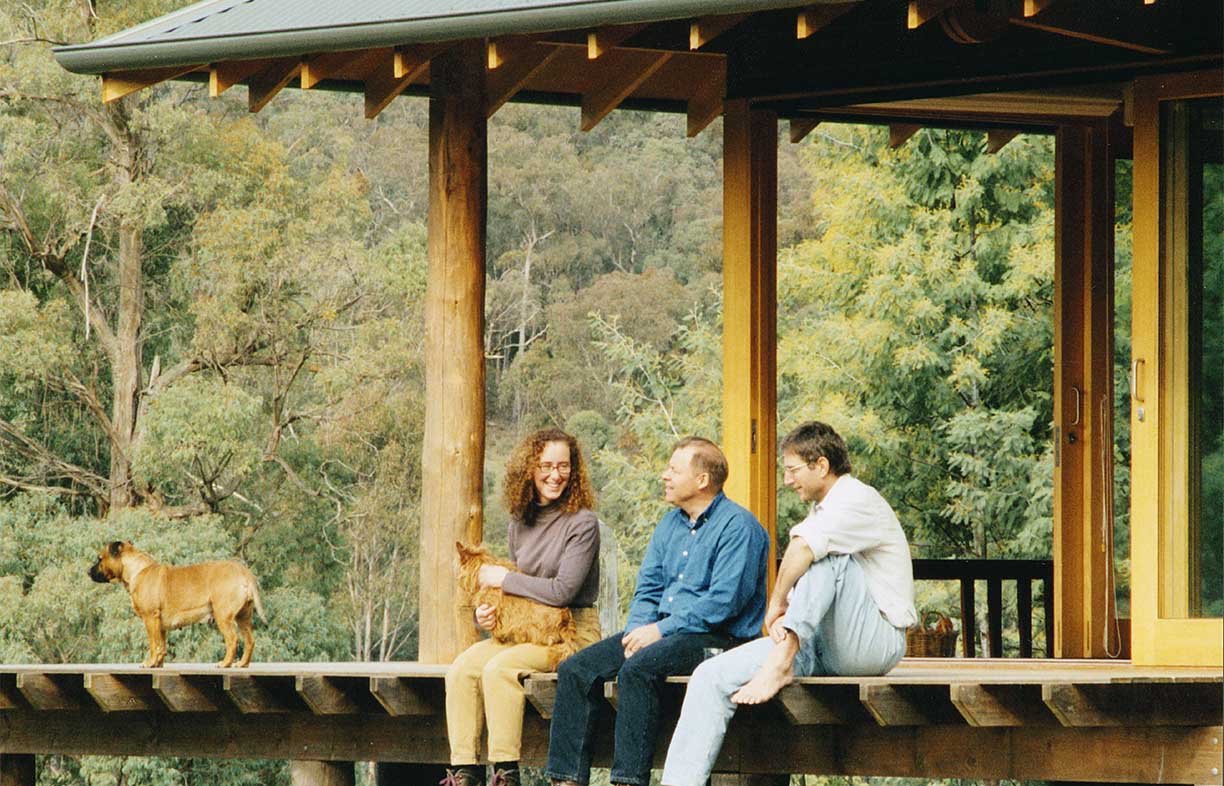
Just about every building project uses timber. While it’s a renewable resource, its harvesting is often associated with deforestation practices that are harmful to the environment. We look at the current state of sustainable timber in Australia, and how to make sure the wood you use for your build is as responsible as possible.
Timber is a controversial material among environmentally conscious builders, architects and consumers. While many rightly favour it as it’s a renewable resource that sequesters carbon, the role of timber harvesting in deforestation and habitat loss around the world is indisputable. But getting rid of timber entirely is not possible or desirable in most of our builds. What are sustainability-minded consumers to do?
In 2015, we wrote about how to use timber sustainably in your new build or renovation project (‘In search of good wood: building with sustainably sourced timber’, Sanctuary 26). Since then, the landscape for timber products in Australia has evolved. Some of these changes are for the worse; these days, it’s more likely that you’ll encounter slow-grown, not-always-legally harvested Baltic pine or spruce imported from the Baltic States or Russia in your local hardware store. You’ll also find hardwood decking from tropical rainforests of South-east Asian and Amazonian countries with what can be dubious environmental certifications. But there are still good avenues available for people interested in wood that’s ethical and sustainable.
Good guidance on these subjects can be difficult to find, and we want to help. Below, we’ll get into our recommendations for finding good wood for your build, and how to do your part to minimise harm in our precious forest ecosystems.
Start with recycled timber
Our first recommendation from five years ago still holds true. Recycled timber is the most sustainable way to use wood in your build. This is particularly so when it comes to flooring, for which many people like to use beautiful dense hardwoods that are particularly unlikely to have been harvested sustainably.
There are plenty of options for finding reclaimed timber across Australia. If you’re DIY-minded and prepared to do the de-nailing and refinishing work yourself, you can find gems at building material salvage yards, online marketplaces and even by negotiation with those doing demolitions in your area. There are also many retailers that sell reclaimed and repurposed timber already refinished for all kinds of uses, from cladding to furniture. As with all timber use, the reclaimed wood you choose should be fit for purpose. In particular, make sure it’s suitably durable, dimensionally stable and installed by way of best-practice construction detailing. Wood Solutions’ Technical Design Guides are a great resource for these purposes (www.woodsolutions.com.au/publications).
If you are planning to use recycled timber as a structural element of your home, don’t oversize it. It’s important that we avoid wasting precious recycled timber to premature decay or to unnecessary chunkiness.
It can be tricky to find recycled timber to use in every application, and working with it can be more difficult and incur higher labour costs than new timber. For this reason, we recommend saving beautiful reclaimed wood for where you can see it and opting for local, fast-grown plantation timber for applications where it will be concealed, like for framing. See ‘Recycled timber: a material that tells a story’ in Sanctuary 36 for more on sourcing and using this valuable material.
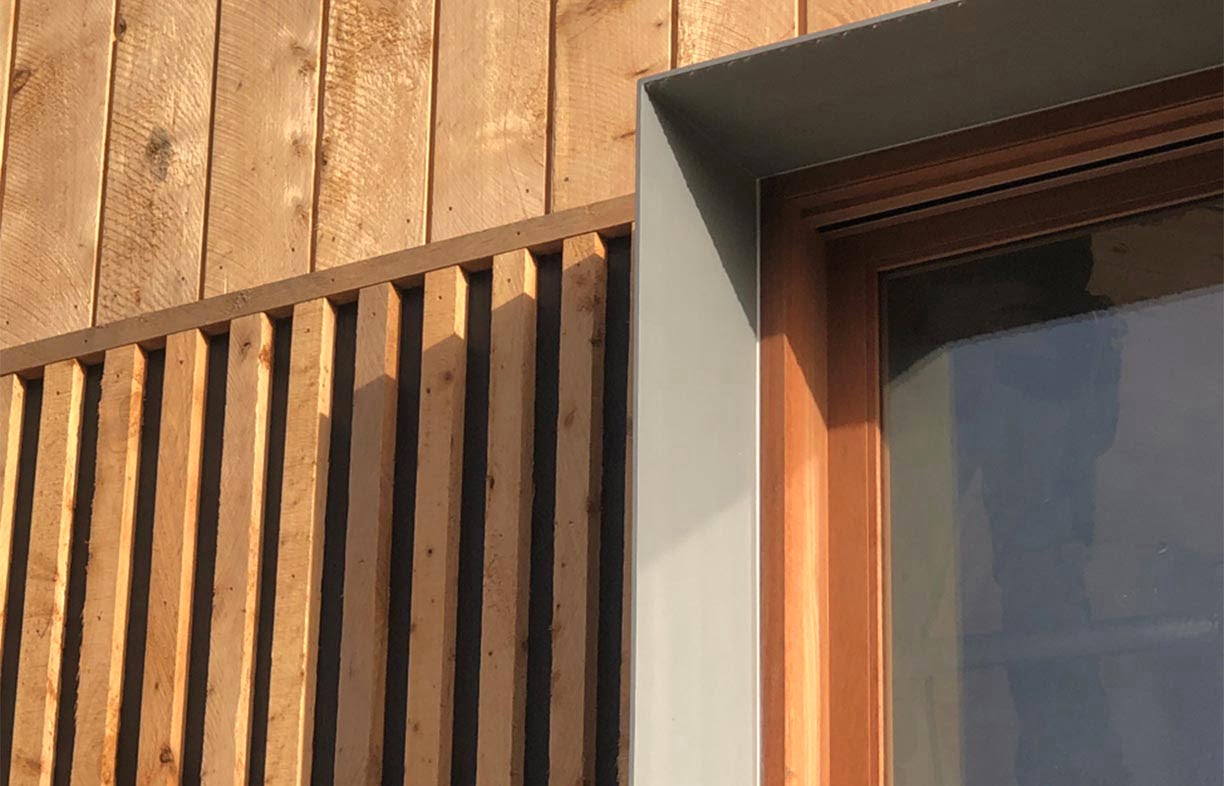
Plantation wood
After recycled timber, the next most sustainable option is any timber grown on previously cleared, responsibly-run plantations in Australia or New Zealand. Plantations of fast-growing pine and eucalypt species are usually planted on long-cleared farmland and sequester carbon as they grow.
The most commonly grown species of softwood plantation timber in Australia are radiata pine (Pinus radiata) and slash pine (Pinus elliottii), both North American species, and maritime pine (Pinus pinaster), a Mediterranean species. Their main use is structural. Clearly, planting any one of these in a monoculture is not ideal for ecological diversity, and there is an argument that at the very least we should be sticking with native hardwoods for plantations to provide better habitat for our native fauna for the life of the plantation. However, on Australian timber plantations these exotic softwoods deliver higher yields at lower cost for what is a relatively high-volume, low-value timber product. As such, they have become the dominant plantation species for go-to workable framing wood in most Australian builds, says Raphie Kruse, who helped create a comprehensive guide to sustainable timber options for the Mullum Creek eco-village in Donvale, Victoria (see www.mullumcreek.com.au/timber).
You’re likely to find local fast-grown temperate-climate plantation radiata pine and imported slow-grown cold-climate northern hemisphere pine on sale at the very same price, stacked side by side, on the racks at your timber yard. Architect Paul Haar, Raphie’s colleague, explains that in recent years Baltic pine and spruce have made their way into Australia from Russia, Scandinavia and the Baltic States. The shift is due to a fight for market share in wholesale and distribution networks.
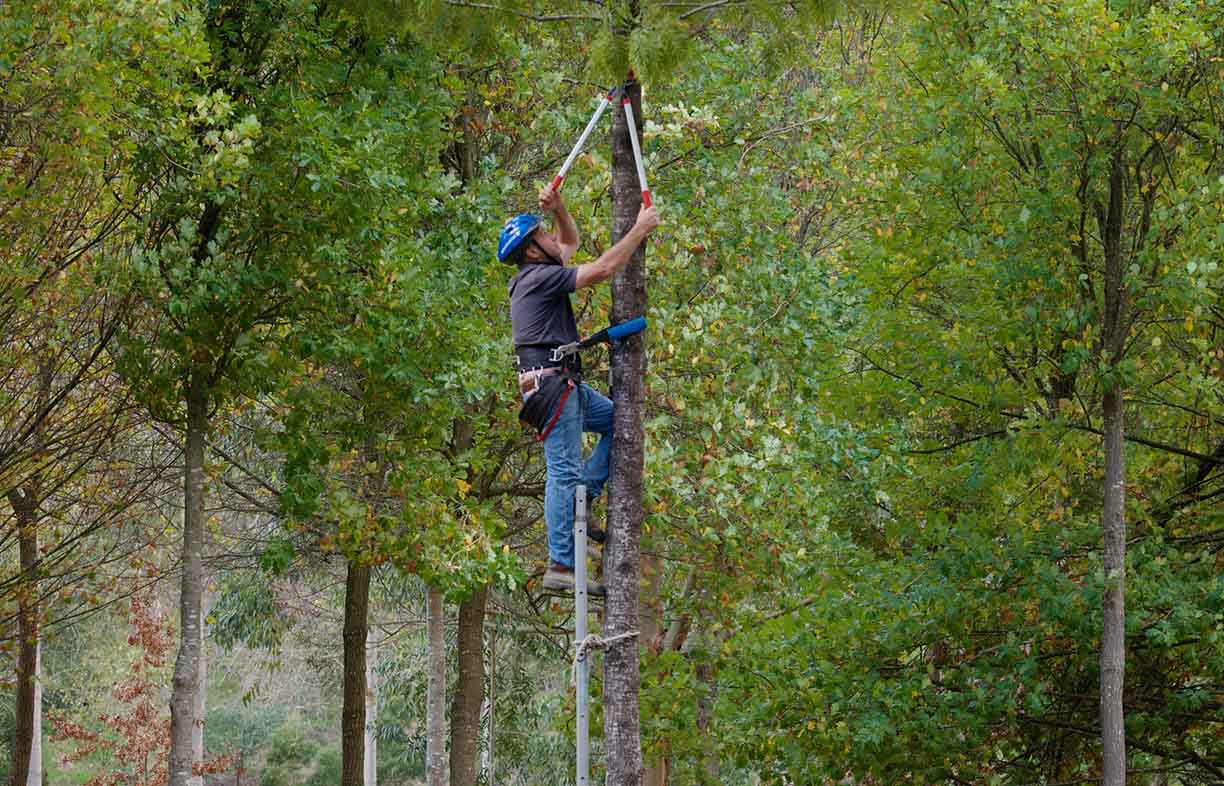
Paul says these imported framing timbers should be avoided due to the opaque and questionable forestry practices behind them, not to mention the transport miles involved in their shipping from the other side of the planet. Local plantation-grown structural radiata pine and Baltic pine or spruce are both likely to be labelled simply as ‘structural pine’ complete with the stamp for MGP10 or MGP12 structural grading. However, Paul and Raphie say it’s important to look for the local pine, and it’s not hard to tell the difference.
“You either have a 90-millimetre by 35-millimetre stick of wood that has 30 to 80 growth rings on it [indicating it grew slowly over many years] or one that has three to seven [indicating that it grew quickly]. It’s a massive difference,” says Raphie.
Paul says that whichever timber you choose, a short, transparent supply chain makes the difference towards ensuring it’s sustainable. One good example of this philosophy in action is CERES Fair Wood, a not-for-profit in Melbourne, which connects sustainably-minded consumers with local farm foresters and small salvage sawmillers who sometimes need help finding a market for their wood (see ‘Fair dinkum wood’ in Sanctuary 44).
However, Paul admits that it’s near impossible for most consumers to trace supply chains themselves. “Even for Raphie and I, who have been doing such tracing as timber specifiers regularly over many years, it remains a minefield of misinformation,” he says. This is why they suggest buying wood that’s grown as locally as possible.
Aside from through rare examples like CERES Fair Wood, the sourcing of non-plantation wood or wood from natural forests in Australia continues to be contentious. Bunnings recently discontinued selling native timber from Victorian state-owned forests (managed by VicForests) after a federal court ruled it was involved in illegal felling.
Legality aside, there are far too few examples of sustainable harvesting from our native forest reserves that put conservation before profit. Paul and Raphie recommend avoiding timber from the big retailers unless you can independently verify that it was plantation-grown.
Certification schemes
There are many forest certification schemes that aim to help consumers understand the sustainable credentials of their timber – a great idea in theory. Unfortunately, however, there are plenty of potential pitfalls with these schemes that can make it hard to trust their credentials. Some are run by the timber industry and thus are not truly independent; even the best schemes are often unable to truly monitor where timber comes from and how it is processed, particularly in less developed countries. These schemes are very complex, making assessment of their effectiveness difficult, especially for laypeople.
The international Programme for the Endorsement of Forest Certification (PEFC) scheme (recently re-branded in Australia as the Responsible Wood Certification Scheme) is one such certification, which uses third parties to assess the sustainability of forestry practices and supply chains. Under the PEFC model, bodies in individual countries run their own certification schemes which are then recognised by the international organisation. Some sustainability advocates say that PEFC’s claims of social responsibility and sustainability are undermined by their approval of companies with questionable records in countries like Indonesia. (PEFC International representatives say the organisation encourages anyone with evidence of wrongdoing on the part of certified companies to come forward and make a complaint, and is always working to ensure companies adhere to their standards.)
In a Yale Environment 360 article from 2018, David Gehl of the Environmental Investigation Agency called PEFC “basically certification by the industry, for the industry,” implying that the certification standards are low because of industry interests. Responsible Wood representatives stress that their organisation operates autonomously from the international body, however, and say that checks and balances within the PEFC system do not allow industry influence.
The Forest Stewardship Council (FSC) certification scheme has generally been considered the gold standard of timber certification since its founding by the World Wide Fund for Nature (WWF) and other NGOs in the 1990s. Today, FSC’s membership encompasses NGOs like Oxfam, research organisations, trade unions and timber industry representatives. FSC has established ten criteria for responsible forest management; these principles are then interpreted by local organisations in each country to certify forests in their jurisdiction.
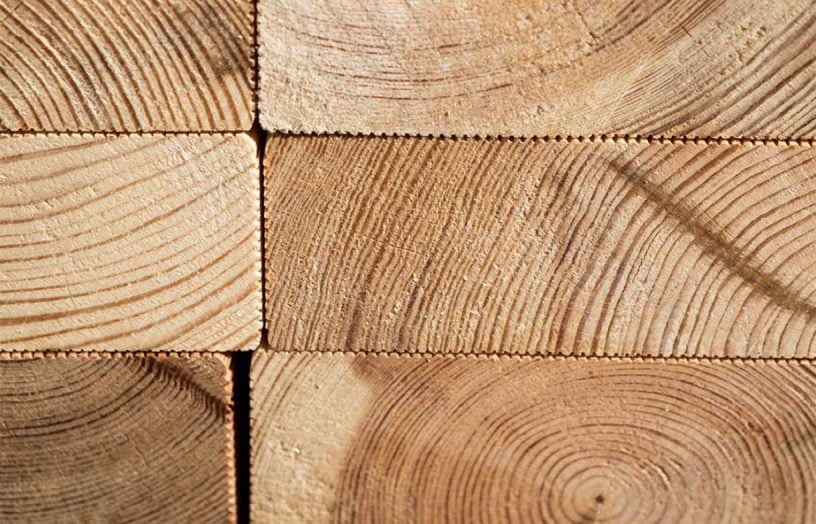
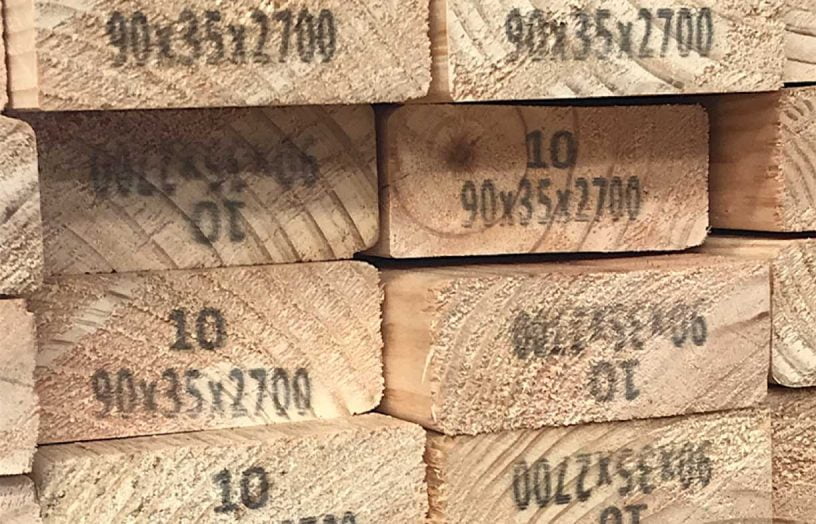
Unfortunately, FSC’s ability to guarantee the adherence of its certified forests to its criteria is imperfect, especially in countries without strong local governance. This may be in part because of the need to monitor accredited third-party auditors in countries around the world and the difficulty of tracing timber once it has been harvested.
“Lack of financial resources for truly independent auditing and monitoring of supply chains, and surveillance to combat laundering, often in remote regions, is a big challenge,” Paul says.
There are many examples of FSC-certified timber not living up to the organisation’s standards, including companies that have been found to violate indigenous rights, enable local corruption and take part in environmental destruction. For example, a series of reports from UK NGO Earthsight found that as much as 40 per cent of the timber from Ukrainian forests, much of which is FSC-certified, may be illegally felled. Ikea was one of the companies found to be using this timber for FSC-certified furniture making.
Raphie and Paul point out that tracking supply chains becomes extremely difficult when timber originates on the other side of the world. “Once you’ve chopped a tree down, if someone sticks an FSC label on it somewhere down the road it’s really hard to know whether it’s genuine,” Raphie says.
“Many logging companies appeared to obtain an FSC certification for management practices on one forest, and then use it to cast a halo over their far more extensive dealings in forests elsewhere, with little regard for sustainability or even legality,” author Richard Conniff writes in his Yale Environment 360 article.
In 2018, Greenpeace declined to renew its membership with FSC, stating that “we no longer have confidence that FSC alone can consistently guarantee enough protection, especially when forests are facing multiple threats.” However, FSC representatives say the organisation is constantly working on improving their auditing and accreditation processes. “Where illicit acts are identified or reported, they are investigated, and if proven to be substantiated, the certificate is suspended or terminated,” says FSC CEO Damian Paull.
Because of these difficulties, the Mullum Creek Timber Products Guide specifies only using FSC-certified timber from Australia and New Zealand, where you can have greater trust that the certification process is valid. The Wilderness Society also recommends using only FSC Forest Management certified timber, not their less stringent Controlled Wood standard (see box for more on the different FSC levels).
FSC has several different systems for forest certification:
Forest Management certification is the most challenging to obtain and includes a demonstration to a third-party auditor of compliance with all international laws, respect for Indigenous rights, equitable sharing of benefits from the forest and reduction of environmental harm from logging, among other requirements.
Chain of Custody certification traces wood from its origins through the supply chain and to consumers, allowing companies to use FSC trademarks on their products.
Controlled Wood certification allows companies to label products as ‘FSC mix’ if they are made partially from FSC-certified timber and do not contain wood from ‘unacceptable’ sources, including illegally harvested wood.
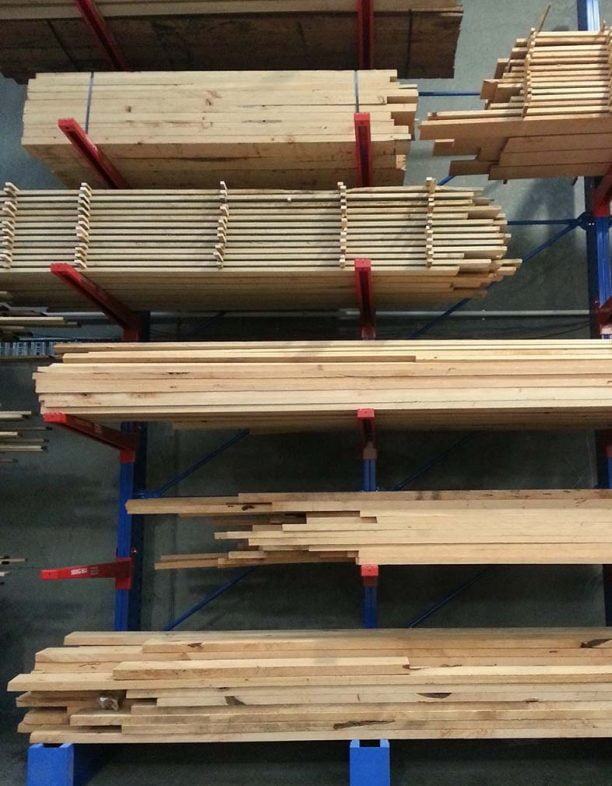
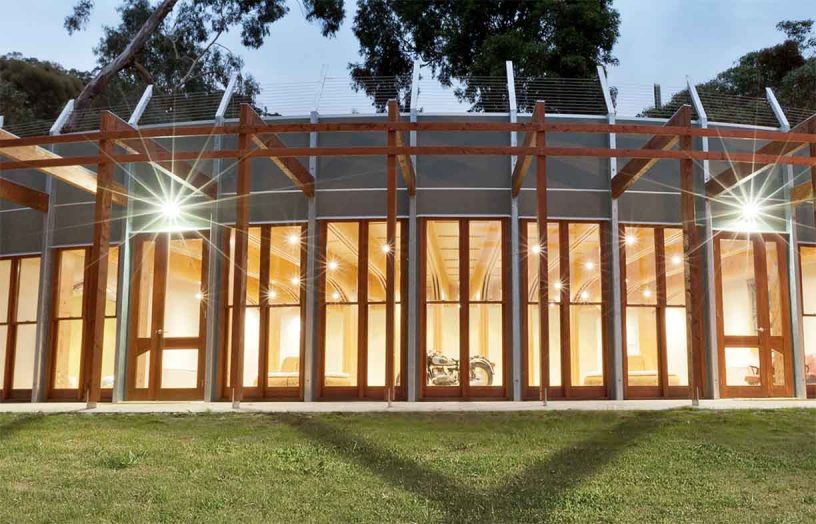
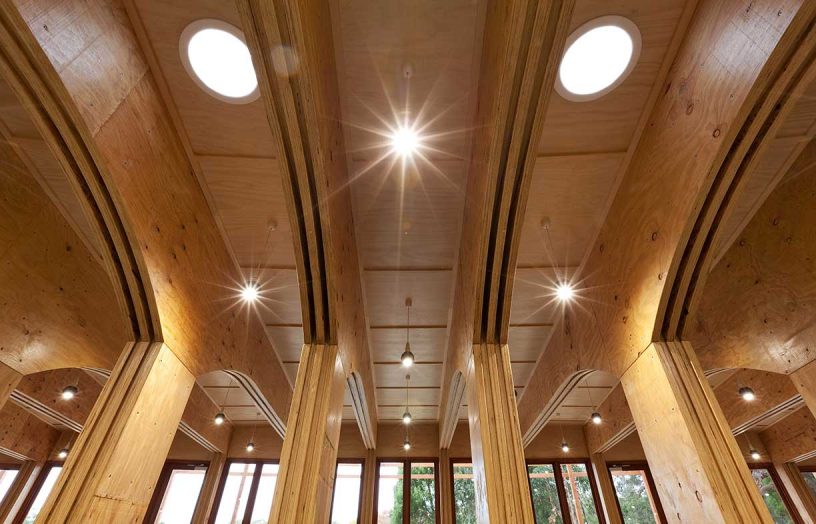
Good wood use
Given the difficulties involved in guaranteeing that timber is truly sustainable, to avoid using irresponsibly sourced wood we are going to have to change the way we use timber in buildings altogether, says Paul. “We should be building smaller, building durably and building flexibly.” He advises considering end-of-life in the design and construction process and avoiding techniques like gluing floorboards down, so they can be more easily reused.
Make sure the wood you are using is fit for purpose, as choosing the wrong species can mean waste when that wood needs to be replaced. Taking care of the wood you do use is also important. Pay attention to detailing to make sure it’s done right. If your deck needs to be oiled every year, it’s important to follow through, or you may end up replacing it much earlier than would otherwise be needed.
As great as recycled timber salvage and projects like CERES Fair Wood are, they will never be enough to satisfy the huge demand for construction timber, even in Melbourne alone. Scalable solutions like government funding for timber plantations and changes to carbon accounting to allow ultimately harvested plantations to count as mechanisms for carbon mitigation could help, as would a shift in our mindset about the value and use of timber. “Architects are going to have to be much more judicious with how they use wood in their builds,” Raphie says. “You’re going to have to pay more for it and be more careful with it. We can’t just use this stuff up without thinking about the long-term ecological ramifications.”
It’s becoming more difficult to find any unbiased source for information on sustainable timber – for example, the Greenpeace Good Wood Guide that we referred to in our 2015 article is no longer available. It’s one reason why the Mullum Creek guide remains so popular. Raphie says this is probably due to lack of resources at many organisations and the desire to focus on topics that seem more pressing, like reducing the use of fossil fuels. “The rich biodiversity of our natural forests has very little value in our accounting,” she says. “It barely rates a mention in recognised frameworks for measuring the life cycle environmental impacts of timber in construction.”
There are a variety of timber products available on the market that are engineered and/or reconstituted to change their properties. These include particleboard, wood-plastic composites, and engineered materials like cross-laminated timber (CLT). These materials can be excellent choices for particular applications, so it’s worth including them in your research. The sustainability of such products depends on the sourcing of the raw wood, the sustainability of the other incorporated materials and how they function across their lifespan. The Mullum Creek Timber Products Guide contains sections on engineered and reconstituted timber products available in Australia that use plantation pine and recycled wood waste.
Engineered timber, or mass timber as it’s sometimes called, is often touted as an exciting innovation for sustainable building, especially in commercial buildings. But while products like CLT are potentially less carbon-intensive than materials like concrete and steel, their broader sustainability depends very much on how the wood is sourced and how construction around mass timber is detailed. It’s important not to use mass timber products like CLT in low rise construction where it’s not working hard structurally and then requires excessive use of further material (often more timber) to provide insulation and service cavities. These products are best used as structural elements on medium-rise and high-rise buildings, such as Monash University’s Gillies Hall (see ‘Closing the performance gap’ in Sanctuary 51), where their super strength is most beneficial. Paul says most CLT supplied to Australian builds is still from imported slow-grown Baltic pine or spruce, but there are several companies that do use plantation timber to create CLT. XLam Australia uses local radiata pine and CLTP Tasmania uses plantation shining gum (Eucalyptus nitens).
Even when building in bushfire zones, timber is an acceptable material for some applications, depending on your property’s Bushfire Attack Level. Australian Standard 3959 allows timber to be used for decking, wall cladding and window and door frames on BAL-12.5, BAL-19 and BAL-29 sites. This timber must have a density of at least 750 kilograms per cubic metre. Paul says some Australian eucalypt timber is both dense and durable enough for external use. In higher BAL zones, such as BAL-40 and BAL-FZ, timber can still be used for enclosed structural or internal applications. For a list of tree species with high density timber appropriate for use in bushfire zones see the Wood Solutions Wood Species Guide (www.woodsolutions.com.au/wood-species), but keep in mind that not all of the species listed are sustainable.
Further reading
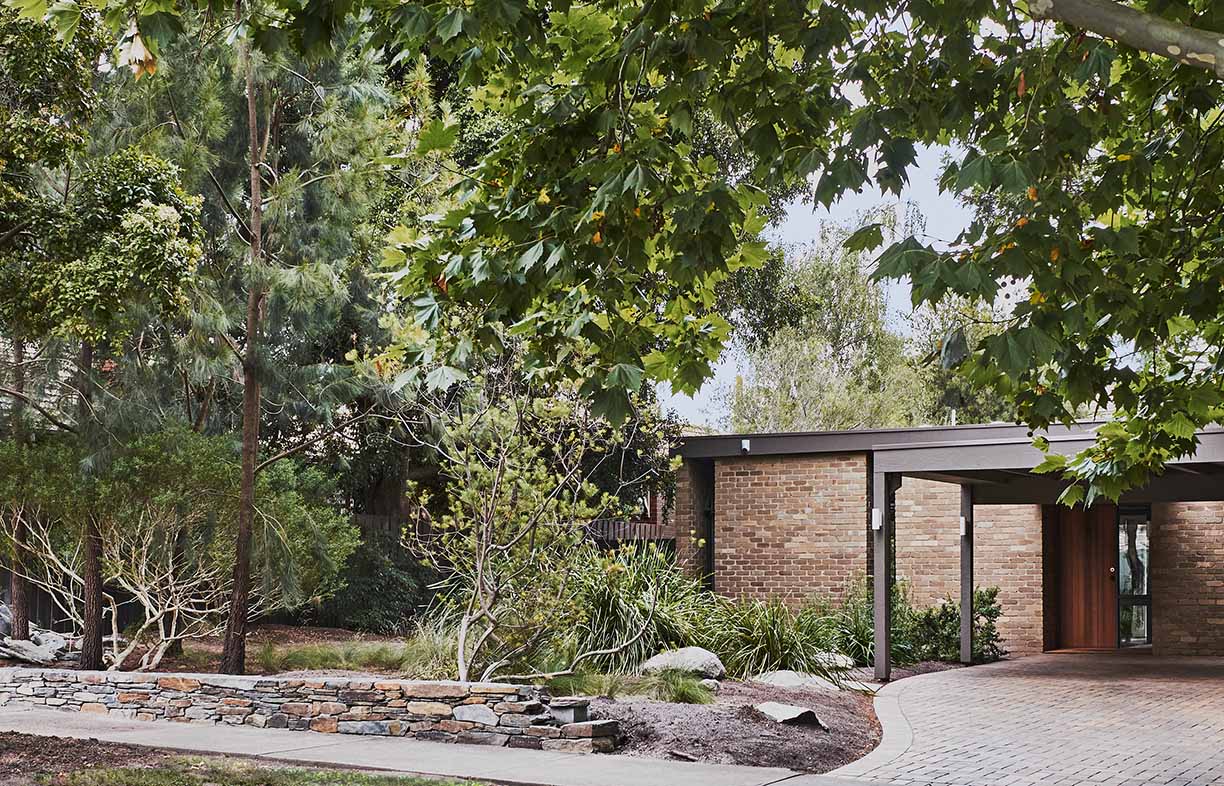 Ideas & Advice
Ideas & Advice
Energy efficiency front and centre: A renovation case study
Rather than starting again, this Melbourne couple opted for a comprehensive renovation of their well laid out but inefficient home, achieving huge energy savings and much improved comfort.
Read more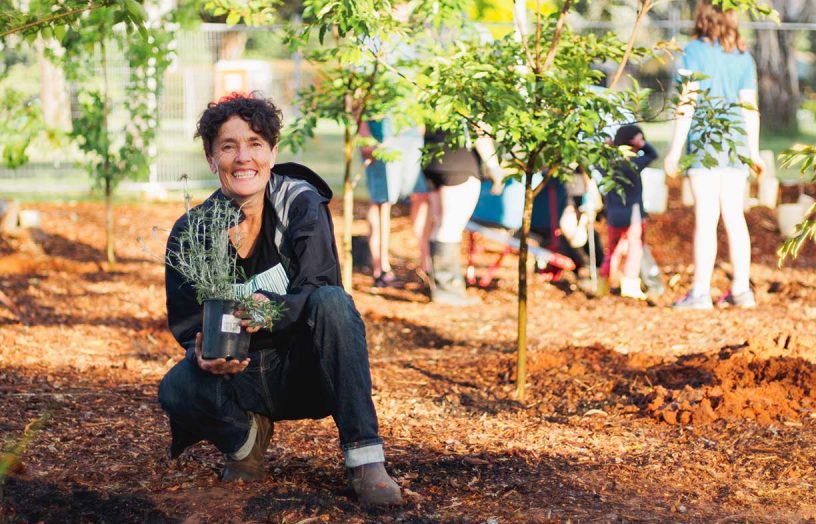 Outdoors
Outdoors
Pocket forests: Urban microforests gaining ground
Often no bigger than a tennis court, microforests punch above their weight for establishing cool urban microclimates, providing wildlife habitat and focusing community connection. Mara Ripani goes exploring.
Read more


